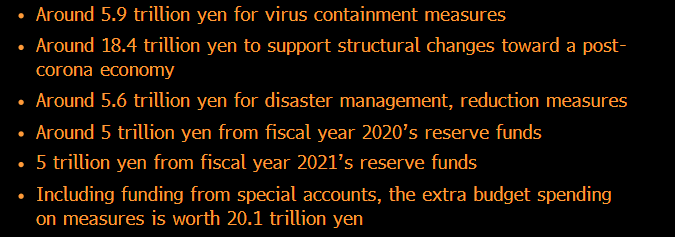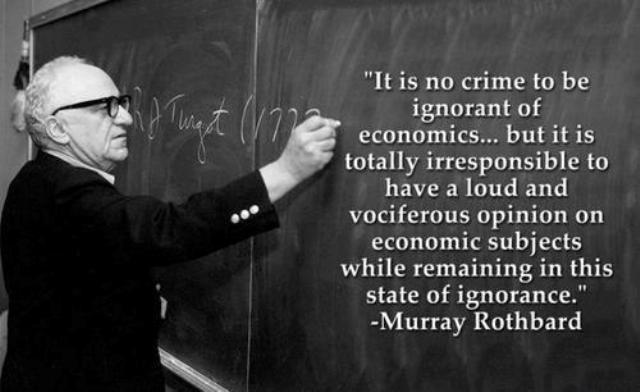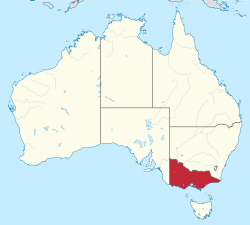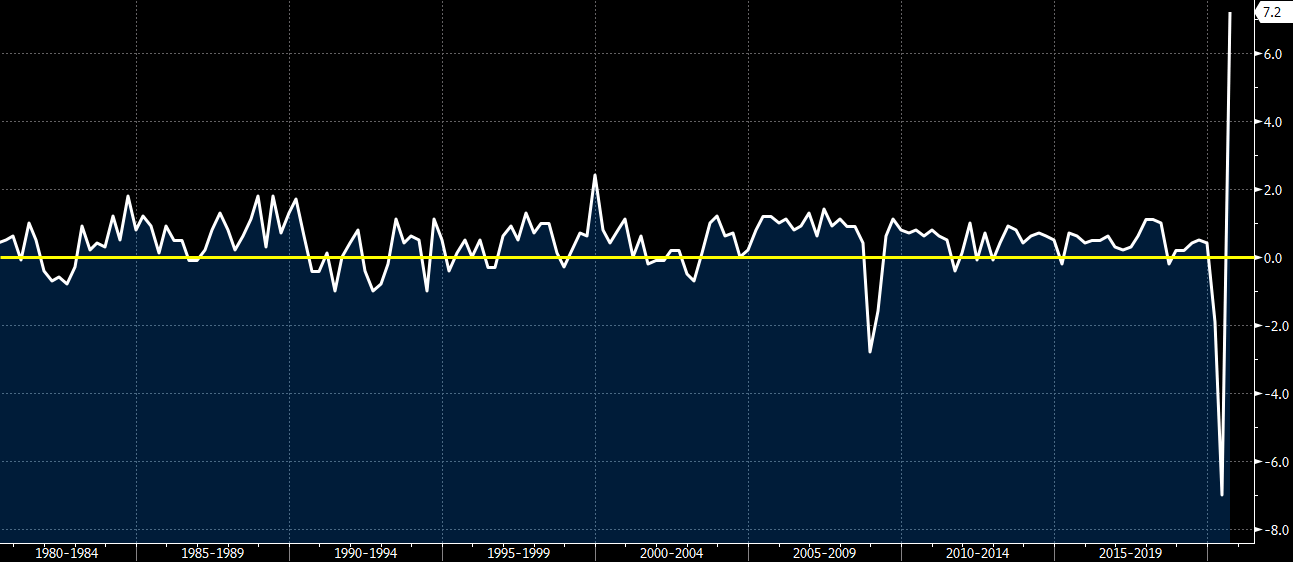Latest data released by Markit – 3 December 2020
- Composite PMI 45.3 vs 45.1 prelim
The preliminary report can be found
here. A slight revision higher but it still reflects the sharpest drop in the services sector since May, as tighter virus restrictions across the region weighed on economic activity.
The sharp contraction in the services sector was particularly notable in France, Italy, and Spain while the decline in Germany is offset by the robust manufacturing performance.
Markit notes that:
“The eurozone economy slipped back into a downturn in November as governments stepped up the fight against COVID-19, with business activity hit once again by new restrictions to fight off second waves of virus infections.
“However, this is a decline of far smaller magnitude than seen in the spring. Unlike earlier in the year, manufacturing has so far continued to expand, buoyed in part by recovering export demand, and the service sector is also seeing a much shallower downturn than during the first lockdowns.
“The relative resilience of services in part reflects spill-over demand from the manufacturing sector for transport and other industrial support services, but also reflects the looser lockdown measures compared to those seen earlier in the year. “The fourth quarter will nevertheless likely see the eurozone economy take another major step backwards, with especially steep downturns suffered in France, Spain and Italy.
“Encouragingly, growth expectations have lifted higher, as vaccine developments fuel optimism that life can start to return to normal in 2021. It’s anticipated that business and consumer spending will start to rise as the outlook brightens, though a high degree of caution is expected to persist for some time to come.”







 Yellen was replaced as Fed Chair by Trump.
Yellen was replaced as Fed Chair by Trump.